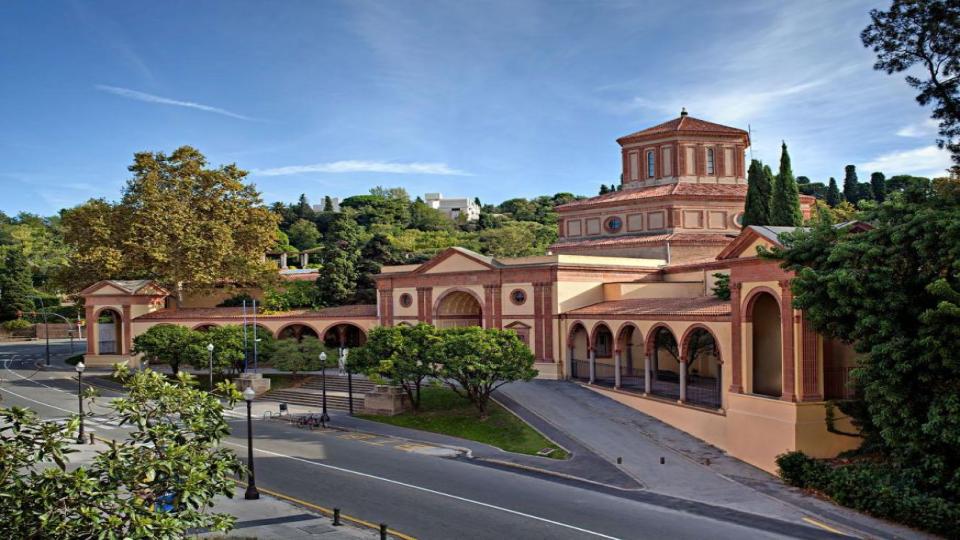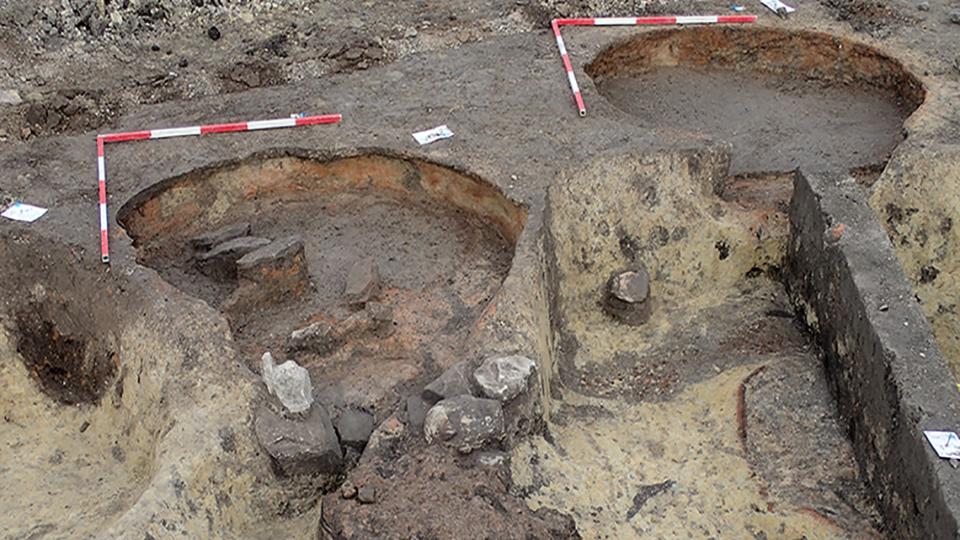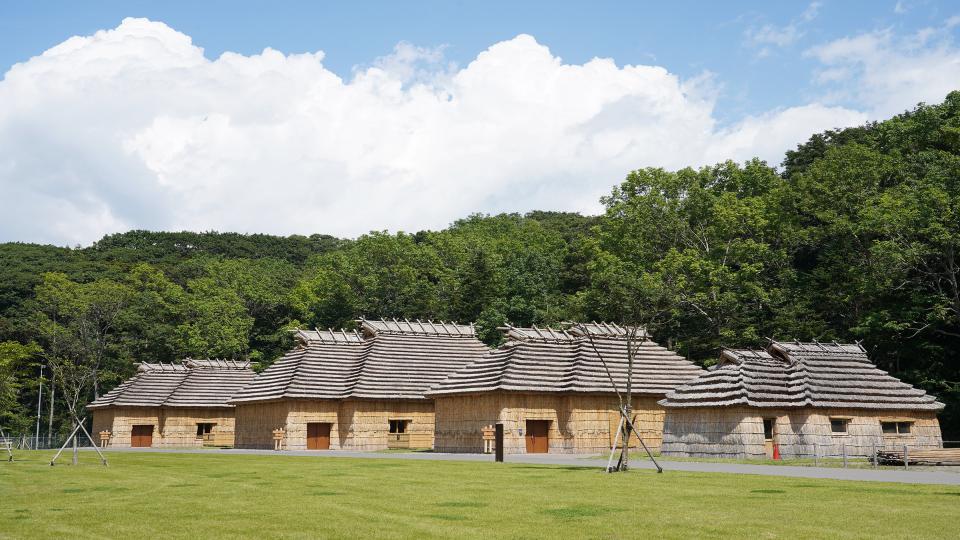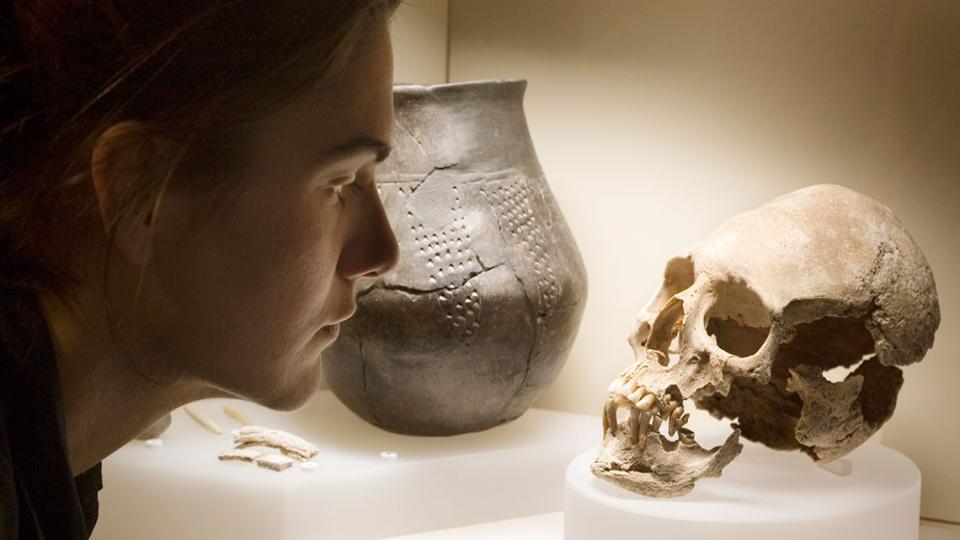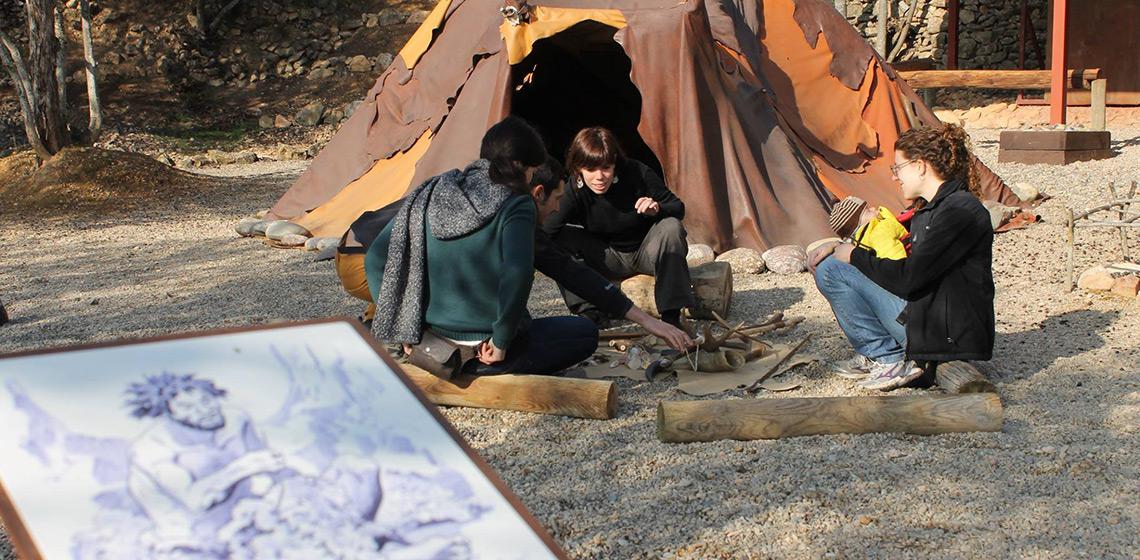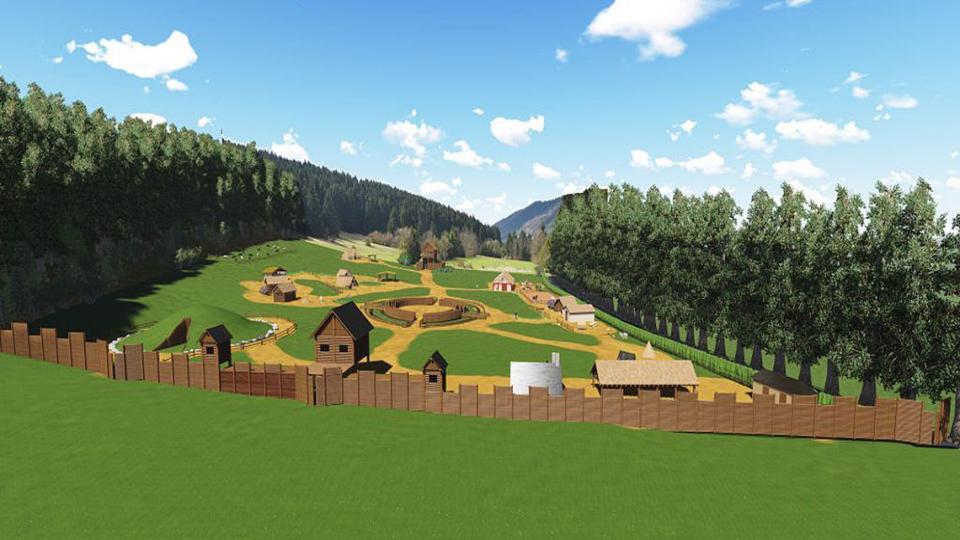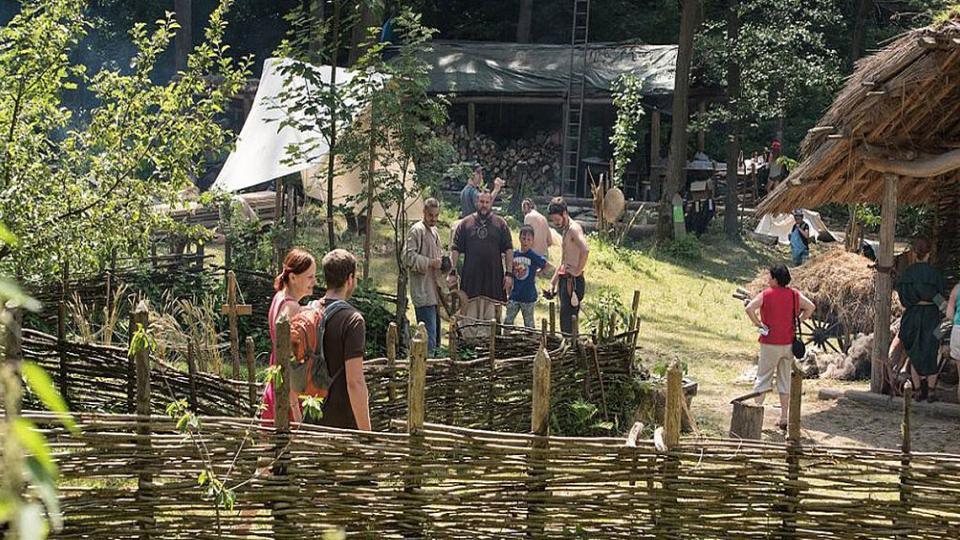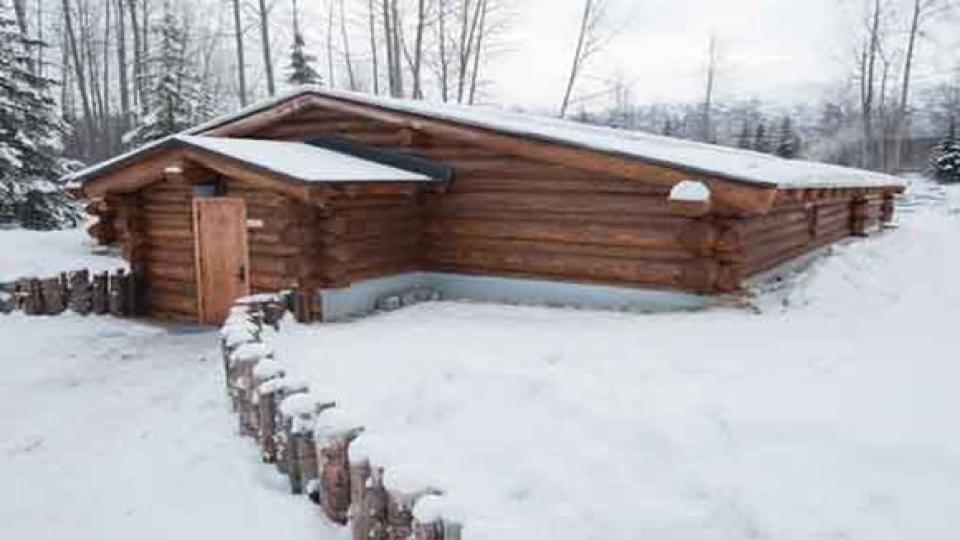Palaeolithic
Museu d’Arqueologia de Catalunya (ES)
The Museu d’Arqueologia de Catalunya (MAC) is an essential national museum facility where history comes to life and time becomes a fascinating adventure. The museum integrates five archaeological centres that can be visited throughout the country: in Barcelona, Girona, Empúries, Olèrdola and Ullastret, Cultural asset of national interest (BCIN). In addition, the MAC also manages the Centre for Underwater Archaeology of Catalonia (CASC), based in Girona, the National Archaeological Repositories, located in Cervera, and the "Iberia Graeca" Research Centre, based in L'Escala. In 2009 the museum also promoted the creation of the Network of Museums and Sites of Catalonia, the Arqueoxarxa, which currently brings together twelve archaeological museums from all over the country.
Magyar Nemzeti Múzeum - Nemzeti Régészeti Intézet (HU)
The Hungarian National Museum was founded in 1802 and is the national museum for the history, art and archaeology of Hungary. It’s collections, exhibitions and affiliates present an overall view of the archaeology and history of the country.
Upopoy (National Ainu Museum and Park) (JP)
As a national center for learning about and promoting Ainu history and culture, Upopoy (National Ainu Museum and Park) (ウポポイ(民族共生象徴空間)) enables people of all nationalities and ages to learn about the Ainu’s worldview and respect for nature. It also acts as a symbol of a society based on mutual respect and coexistence, passing on and sharing various aspects of Ainu culture, which has developed over many years and is influenced by the surrounding nature.
Archäologisches Landesmuseum Brandenburg (DE)
The Brandenburg State Authorities for Heritage Management and State Museum of Archaeology (BLDAM) is a state authority established by and directly supervised by the Brandenburg State Ministry of Culture and Science.
Universitat Autónoma de Barcelona (ES)
Though only less more than 50 years old, the Universitat Autónoma de Barcelona (UAB) has already consolidated itself amongst the 200 best universities in the world within the main university rankings and is located within the top 10 new universities with greatest international projection and prestige.
Archeopark dell’Etna (IT)
The Archeopark Etna is the first real-life prehistoric interactive village reconstructed in Sicily on the basis of archaeological documentation obtained in Sicily, in particular Etna, and experimentations in the field of lithic, textile, ceramic and agricultural crafts. A dynamic educational park, open to the public and schools, aiming to demonstrate the millenarian bond of people with the territory by means of an experiential path.
Archeoparc Liptovia (SK)
Civic organisation Archeopark Liptovia is a voluntary organization associating people with an interest in presentation, protection, research and education in historical, cultural, folklore, national and natural heritage of Slovakia and Liptov region.
Bacrie & Krivolik (CZ)
The association Bacrie was formed in 2007 from fans of history and archaeology. Its aim is to present and popularize prehistoric history on the territory of the Czech Republic.
The association deals with the life and technology of hunters, first farmers, bronze metal smelters and first ethnic groups – Celts, Germans or Slavs. Bacrie is engaged in research activities and its main project is the building of the Prehistoric settlement Krivolik – archaeological open-air museum and an experimental archaeological center.
Pereiaslav-Khmelnytskiy Folk Museum (UA)
At the ethnographic open-air museum in Pereiaslav-Khmelnytskiy (near Kyiv) you can find the wooden houses and places of worship of the 17th – 19th centuries as well as reconstructed buildings of earlier eras.
Alaska Native Heritage Centre (US)
The Athabascan people traditionally lived in Interior Alaska, an expansive region that begins south of the Brooks Mountain Range and continues down to the Kenai Peninsula.

